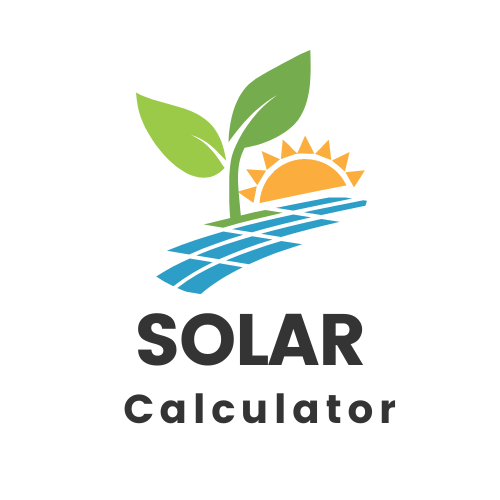Solar energy has solidified its position as a viable and eco-friendly alternative to traditional fossil fuels, offering not just environmental benefits but also economic opportunities. As the world collectively shifts toward cleaner energy sources, having a deep understanding of the financial intricacies related to solar energy becomes essential for those considering a solar panel installation. In this blog post, we will explore the financial aspects of solar energy, covering topics such as installation costs, payback periods, and long-term savings, providing you with a comprehensive cost-benefit analysis.
Understanding Installation Costs
Before diving into the long-term benefits, it’s essential to comprehend the initial costs associated with a solar panel installation. Solar power systems vary in size and complexity, and thus, costs can vary significantly. Key factors influencing the installation cost include:
- Solar Panel Type: The choice between monocrystalline and polycrystalline panels can affect the upfront cost. Monocrystalline panels are more efficient but come at a higher price point.
- System Size: Larger systems with more panels generate more power but require a higher initial investment.
- Labor and Equipment Costs: Installation labor, mounting equipment, and inverters contribute to the overall cost.
- Location: Geographic location affects installation costs due to local labor rates, permits, and climate conditions.
- Financing Options: The method of financing your solar installation, whether through loans, leases, or cash payments, can impact upfront costs.
The average residential solar installation in the United States, for example, ranges from $10,000 to $30,000, depending on various factors. While the initial cost may seem steep, the potential for long-term savings makes solar energy a sound investment.
The Payback Period: When Will You Start Saving?
An essential element in the financial analysis of solar energy is the payback period, which represents the duration required to recover your initial investment through the savings generated from solar energy. This timeframe can fluctuate depending on various factors:
- Energy Consumption: The less energy your household or business consumes, the shorter the payback period will be, as you will save more on your utility bills.
- Local Sunlight: Areas with higher annual sun exposure will experience a quicker payback period, as the solar panels will generate more energy.
- Incentives and Tax Credits: Government incentives and tax credits can significantly reduce your payback period by offsetting installation costs.
On average, residential solar installations in the United States have a payback period of 5 to 10 years. After this point, the energy savings from your solar panels will begin to surpass the initial investment. Keep in mind that this is a long-term investment, and the benefits will continue to accrue for decades.
Long-Term Savings: A Compounding Benefit
The long-term advantages of solar energy become evident when evaluating the potential for substantial savings. Solar panels generally maintain a lifespan of 25 to 30 years, during which significant decreases in energy expenditures can be expected. These savings are bolstered by various influential factors:
- Reduced Energy Bills: Utilizing solar panels enables you to produce your electricity, resulting in decreased monthly utility expenses, and in some cases, the potential to entirely eliminate them.
- Net Metering: In various locations, any surplus energy produced by your solar panels can be redirected to the grid, presenting an added avenue for decreasing your energy costs.
-
Stable Energy Costs: Solar installations protect you from rising energy costs and inflation, as you’re essentially locking in your energy rates for decades.
-
Environmental Benefits: As you reduce your carbon footprint, you may qualify for additional incentives and savings tied to green energy.
-
Increased Property Value: Solar panels can enhance the resale value of your property, providing a potential return on investment if you decide to sell your home.
To put this into perspective, a typical residential solar installation can save homeowners tens of thousands of dollars over its lifetime, making it not only an environmentally conscious choice but a financially sound one as well.
Conclusion
In the economics of solar energy, it’s not just about saving money; it’s about making a wise and sustainable investment in the future. While the initial installation cost can seem daunting, the payback period, long-term savings, and environmental benefits make solar energy an attractive choice for both homeowners and businesses.
As we strive to reduce our reliance on fossil fuels and combat climate change, solar energy stands out as a practical and economical solution. By understanding the financial aspects and conducting a cost-benefit analysis, you can make a well-informed decision that not only benefits your bank account but also our planet. Go solar, and embrace a brighter, cleaner, and more economically sustainable future.

